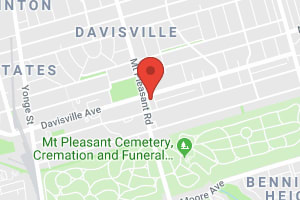
How we see Greenwood College School
Having been founded in 2002, Greenwood is a relatively young school, though has grown in response to the needs of the families that enroll here, and the place that it has within the academic mosaic of the city. It still thinks of itself as a small school, and the lived experience is personal and close-knit. That said, at 500 students, it’s certainly not tiny, and the curricular and extracurricular programs benefit from the size. The current facility, opened in 2016, is an apt expression of the goals of the school, as well as the families that support it. It includes flexible learning spaces and up to date athletic and arts spaces. Greenwood, in some sense, still flies a bit below the radar in the public consciousness, though given the success and growth it’s experienced, that won’t last long. The ideal student is one able to thrive within an active, academically oriented learning environment.
Compare with:
How Greenwood College School sees itself
"Greenwood students develop the knowledge, skills and character they need to lead fulfilling lives and reach their full potential. Our personalized academic program provides each student with the perfect mix of challenge and support, and our welcoming all-gender community allows students to be open-minded and engaged each day. Students can pursue their passions through a broad range of courses and co-curriculars. Our Outdoor Education program encourages character growth and creates lasting memories."
"Greenwood students have a champion in their corner from day one: their Adviser. Advisers ensure that their advisees get both the challenge and the support they need to truly thrive; Advisers also coach advisees through growth opportunities, both in and out of the classroom.
Every September and January, the grades spend a week together off-campus. These Outdoor Education experiences encourage them to find new depths of perseverance, to take risks, and to build lasting bonds with classmates."
"Greenwood's personalized academic program is a selling point for our families; this approach ensures that each student gets exactly the right level of challenge and support to encourage academic growth. Families value that our focus goes beyond academics to encompass character and community spirit - we encourage students not only to strive for excellence, but to become the best versions of themselves. The fact that Greenwood welcomes all genders is also important for many families."
"Families tell us that they didn't fully appreciate the value of the Adviser program until after they enrolled; to quote a parent, it is a "game changer". Families also tell us that our staff's commitment to student success becomes truly apparent once their child starts at Greenwood. Our teachers care deeply about helping each student to do and to be their best, and are ready to support them along their learning journey."
"We want to encourage students to grow in all elements of their character, but that doesn't mean that we sacrifice academic challenge. Greenwood uses a "high challenge, high support" model - rather than reducing academic challenge, this high level of support creates the conditions students need to truly stretch themselves academically. Students who are both highly challenged and highly supported are motivated, confident, curious learners."

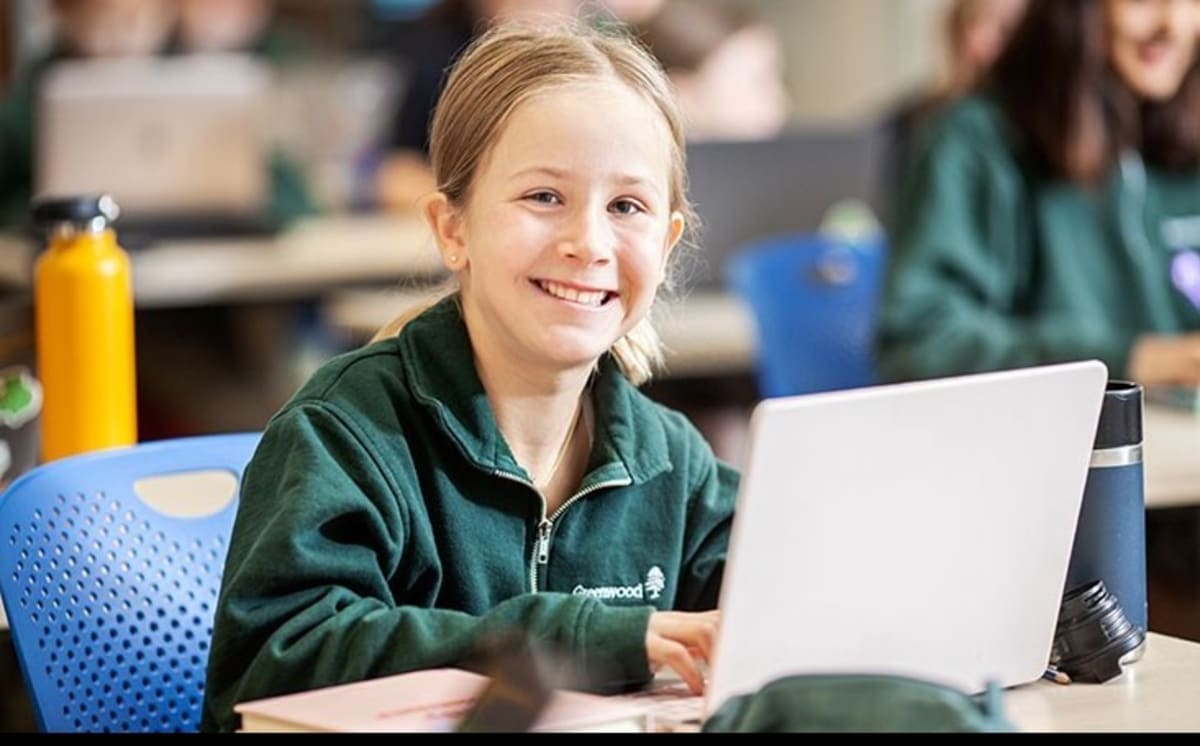
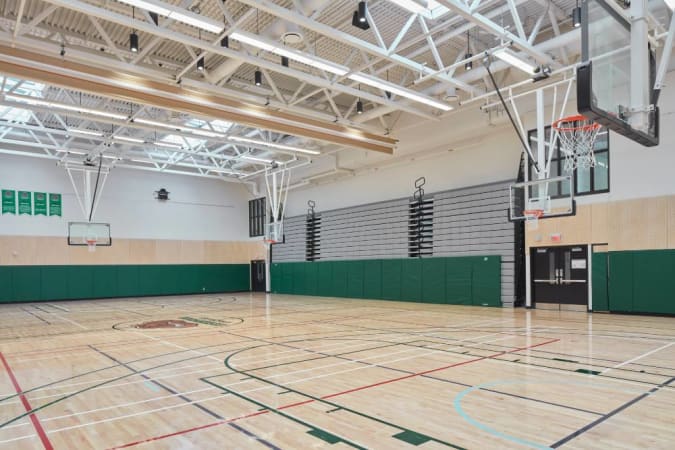
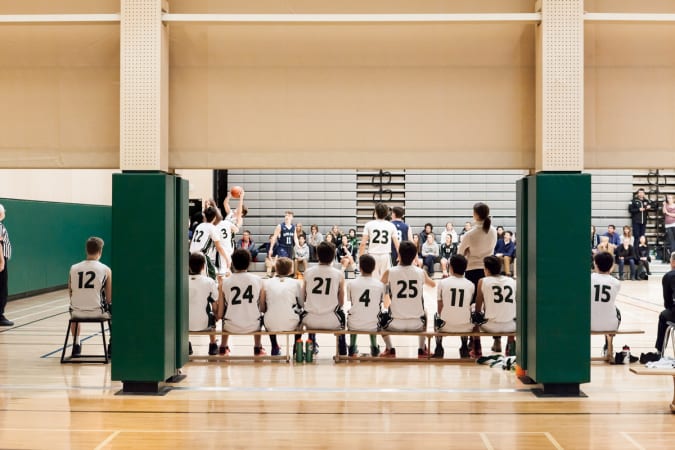
Split Gym



Arts Studio

Theatre Stage
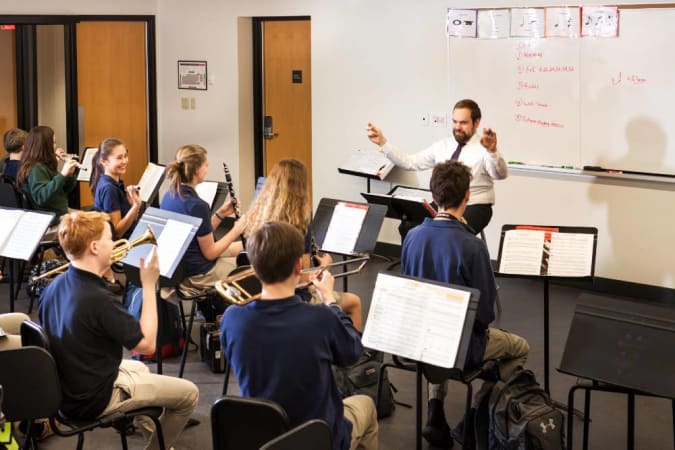
Music class




Urban campus

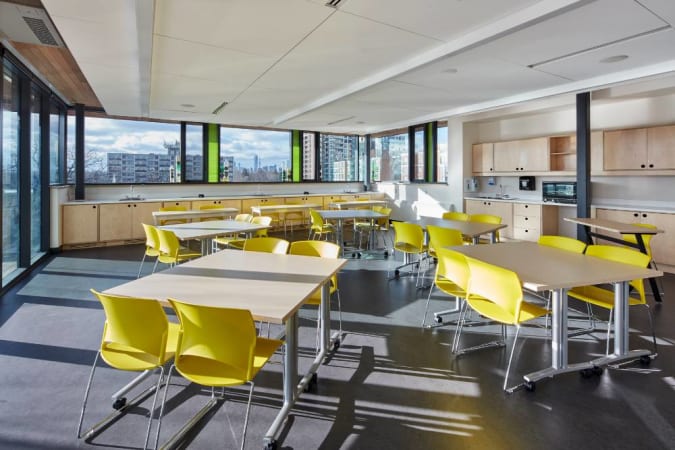
Green Industries and Food and Culture classroom
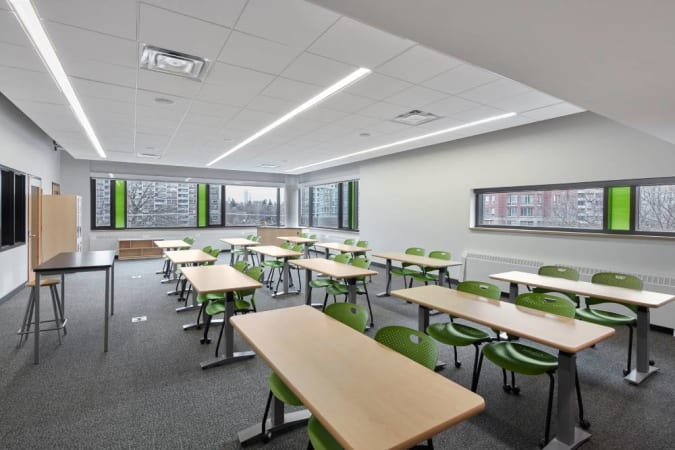
Classroom
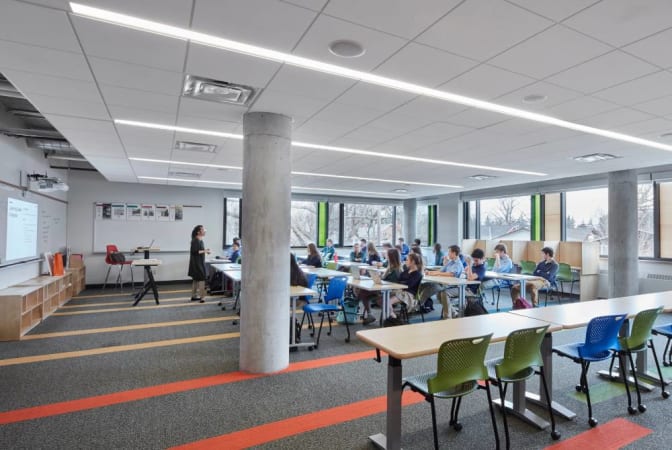
Classroom




Innovation Lab
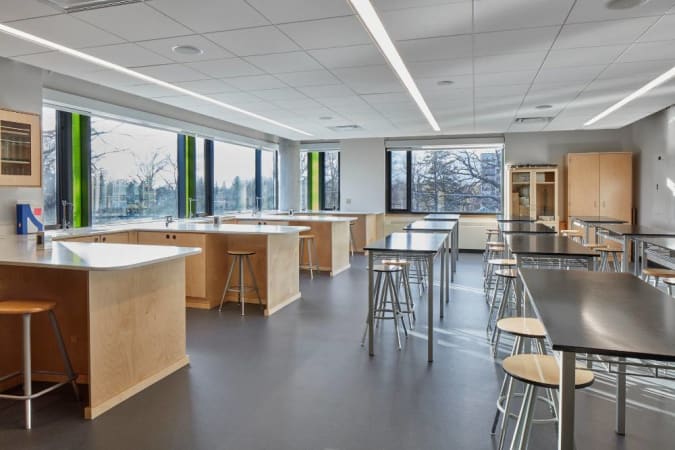
Science Labs


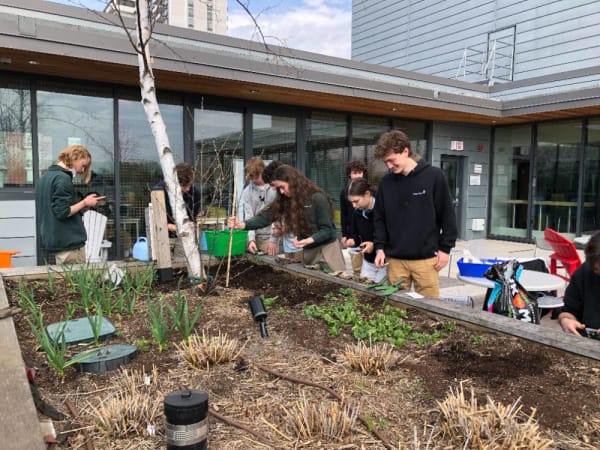
uRooftop terrace with garden
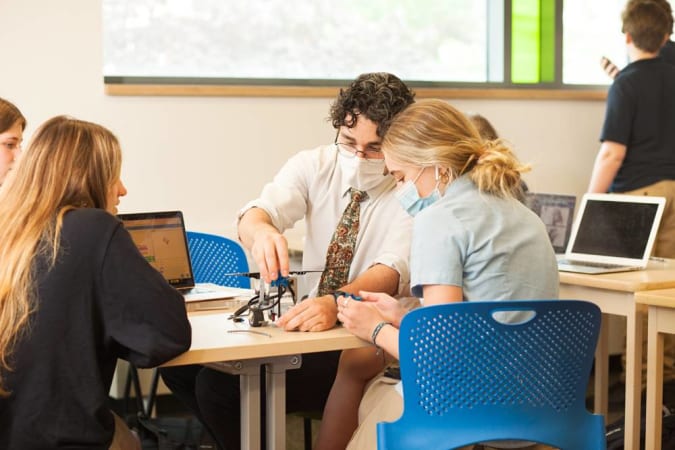
Robotics equipment
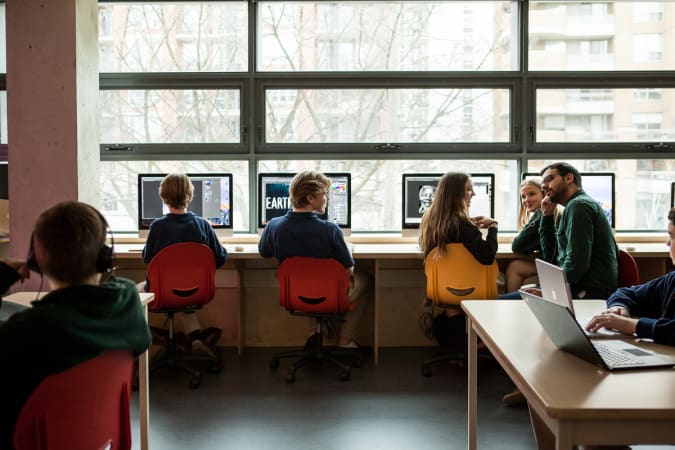
Media Lab




The Lodge
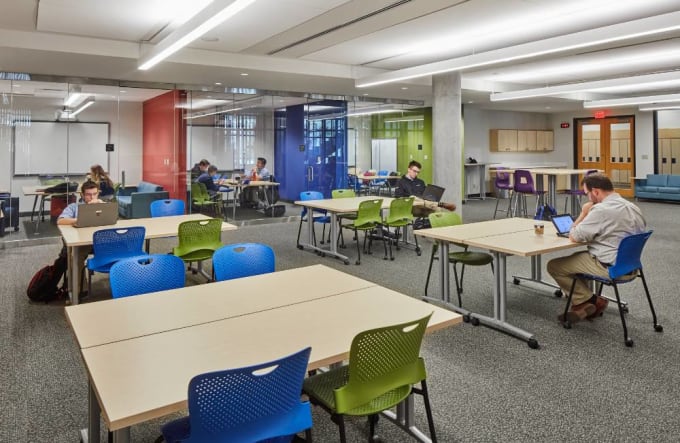
Learning Commons

Reception Lounge





How people from the school’s community see Greenwood College School
Top-down influence on the school’s direction and tone

Sarah Bruce, Principal
B.Kin., B.Ed., M.Ed.
We all need something a little different to thrive. No two people are the same, which is why one-size-fits-all strategies will yield dramatically different results. To find fulfilment, we need the precise mix of challenge and support that works best for us.
This idea is at the heart of everything we do at Greenwood. Our personalized approach ensures that each student is known as an individual and gets what they need to flourish. In the classroom, that means understanding where each student is at and meeting them there with the right level of challenge to encourage engagement and growth. Outside of the classroom, each student is paired with an Adviser; Advisers provide unparalleled support, acting as “champions” and advocates for their advisees in all aspects of school life.
This customized approach extends to our diverse offering of experiences. From the courses we offer to our wide range of extracurriculars, we help students find and follow their passions. We also strongly believe in the value of experiential education, and our trailblazing outdoor education and service learning programs provide authentic, hands-on learning opportunities. When students design their own personalized pathways, they feel a sense of ownership over their education -- and we know from experience that this consistently drives dedication and determination.
While our enrollment has grown to 500 students since our founding, we have maintained our tight-knit community and small-school feel. We believe in the power of learning from, and laughing with, each other, and students have ample opportunity to get to know their peers both in and out of the classroom. Our passionate, caring staff are committed to every student’s success, health, and well-being; the meaningful relationships they develop with students are what make our engaging and interactive approach to learning possible.
When our alumni leave Greenwood, they know what success means to them and they are ready to achieve it. Our graduates have followed a wide range of paths, from volunteering with Doctors Without Borders, to pursuing a graduate degree at Cambridge, to opening an art studio. Our hope for our alumni is that they lead fulfilling lives, and we are committed to helping them develop the character, knowledge, critical thinking and resilience needed to do so.
We are proud of what we have achieved over the past 20 years, but Greenwood is not content to stand still. Moving forward is critical to staying on the leading edge of education and delivering the best experience possible for our students. Our Strategic Plan for 2021-2026 charts an ambitious and exciting future for our school - learn more about it here.
Exploring our website is a great way for you to get to know Greenwood, but there is even more to discover. We hope you will join us for one of our virtual events and experience first-hand what makes this community so unique.
Sarah Bruce
Principal
THE OUR KIDS REPORT: Greenwood College School
Next steps to continue your research:
Continue researching Greenwood College School with OurKids.net, or visit school website.